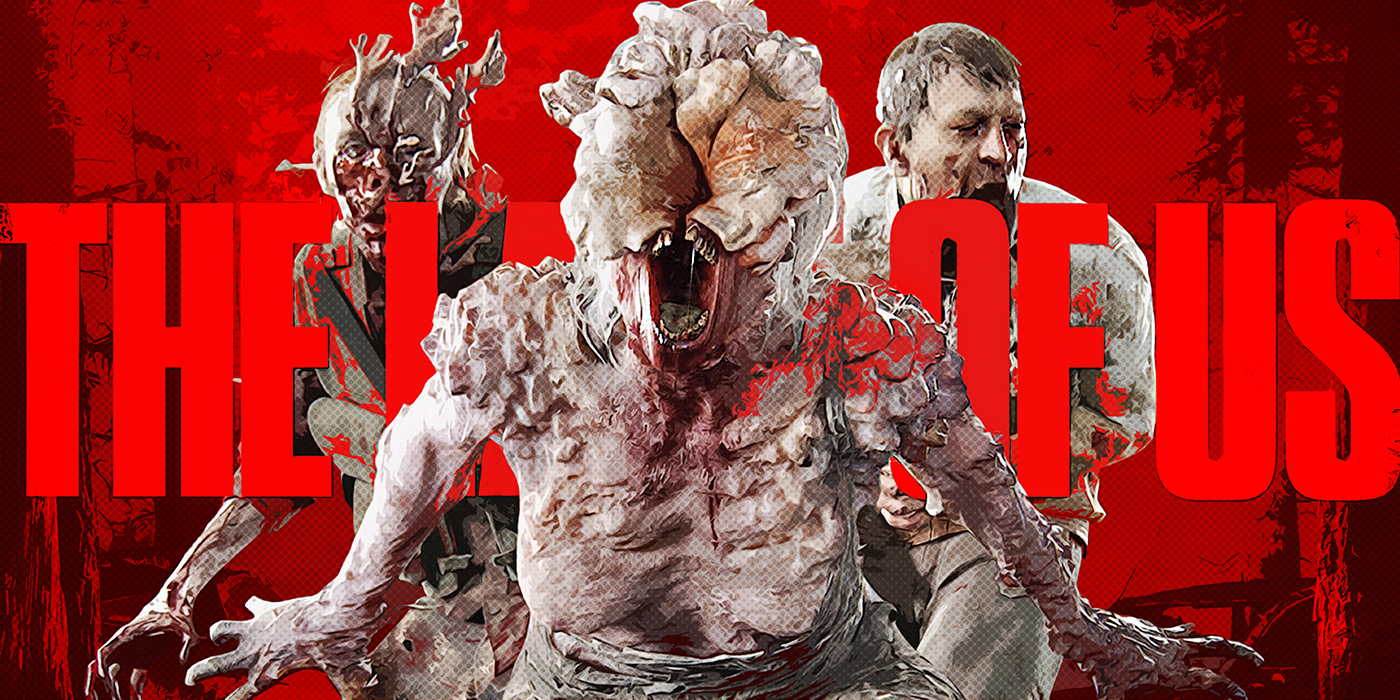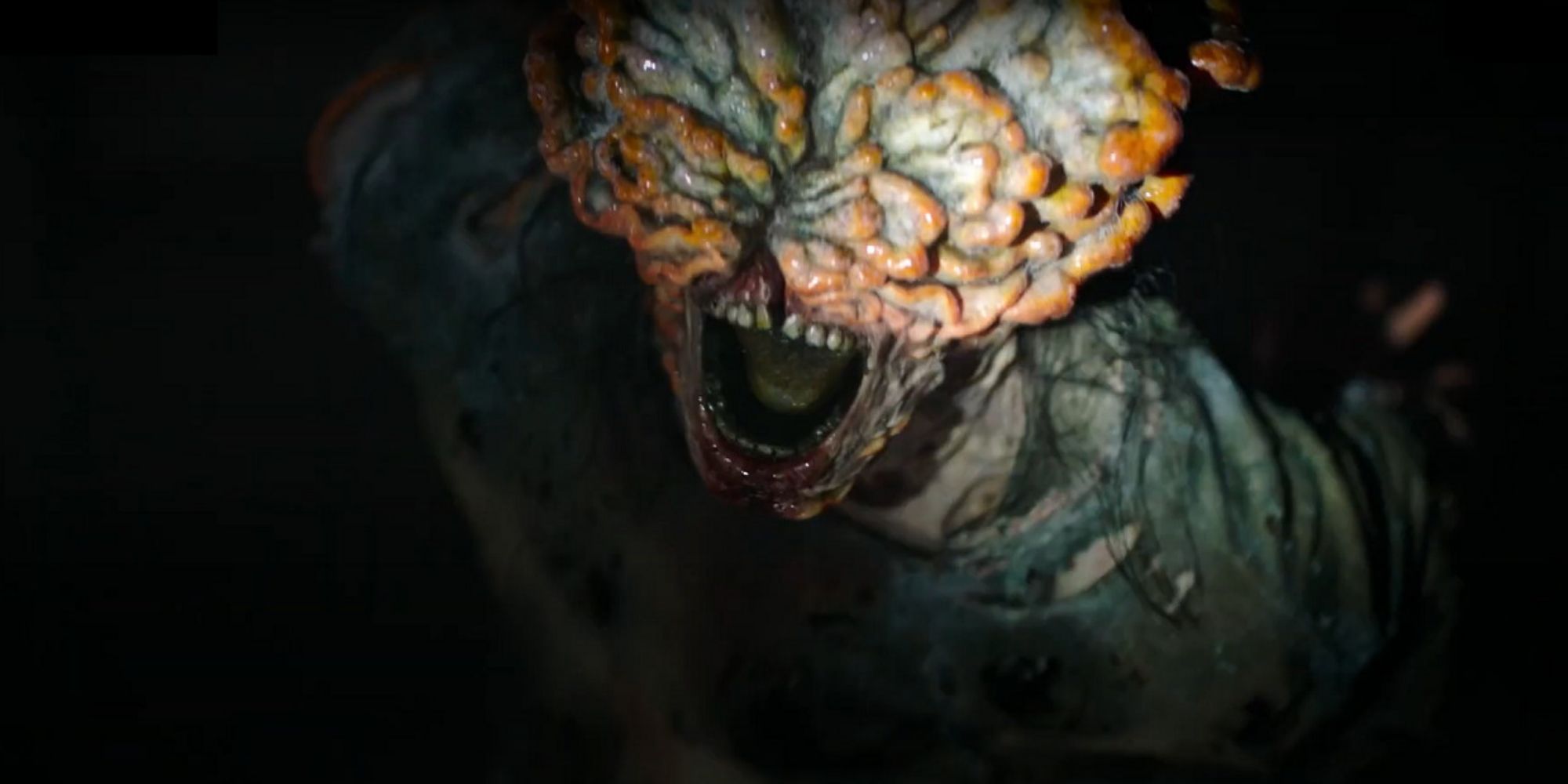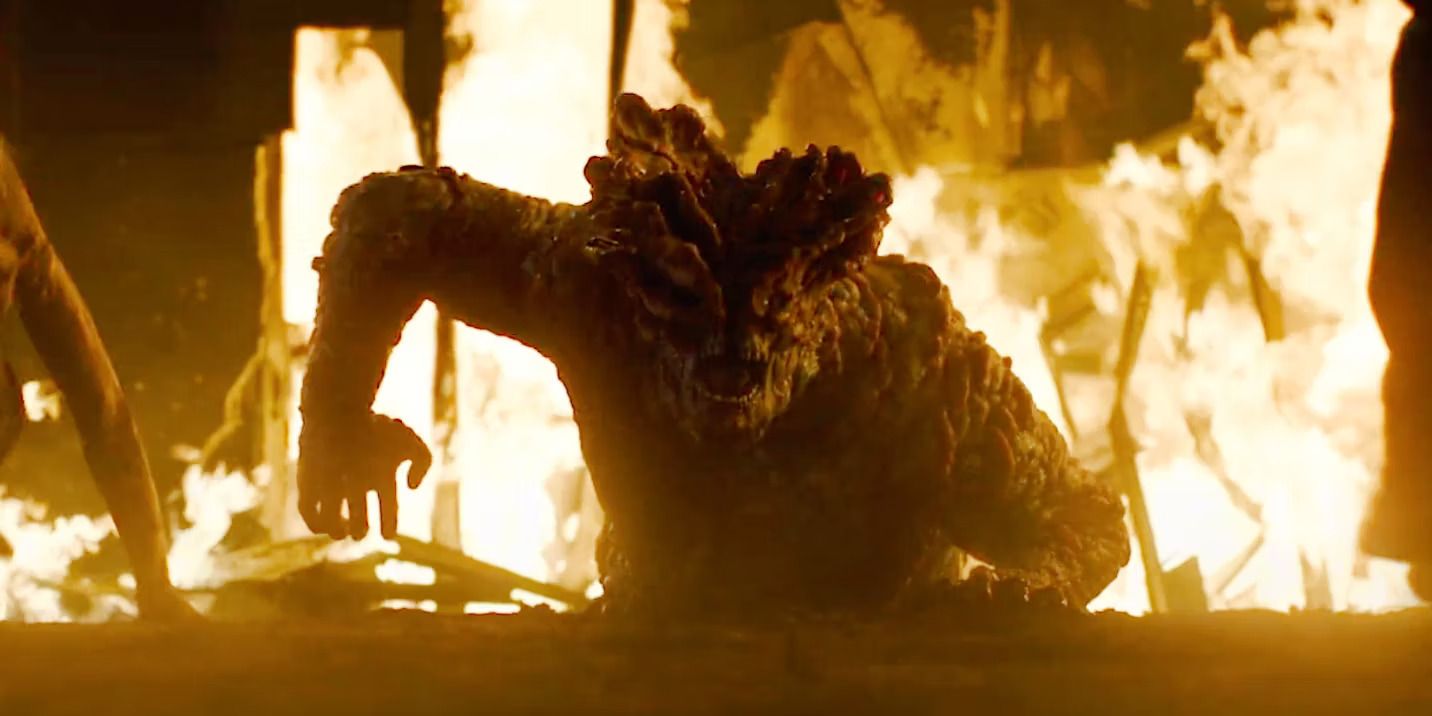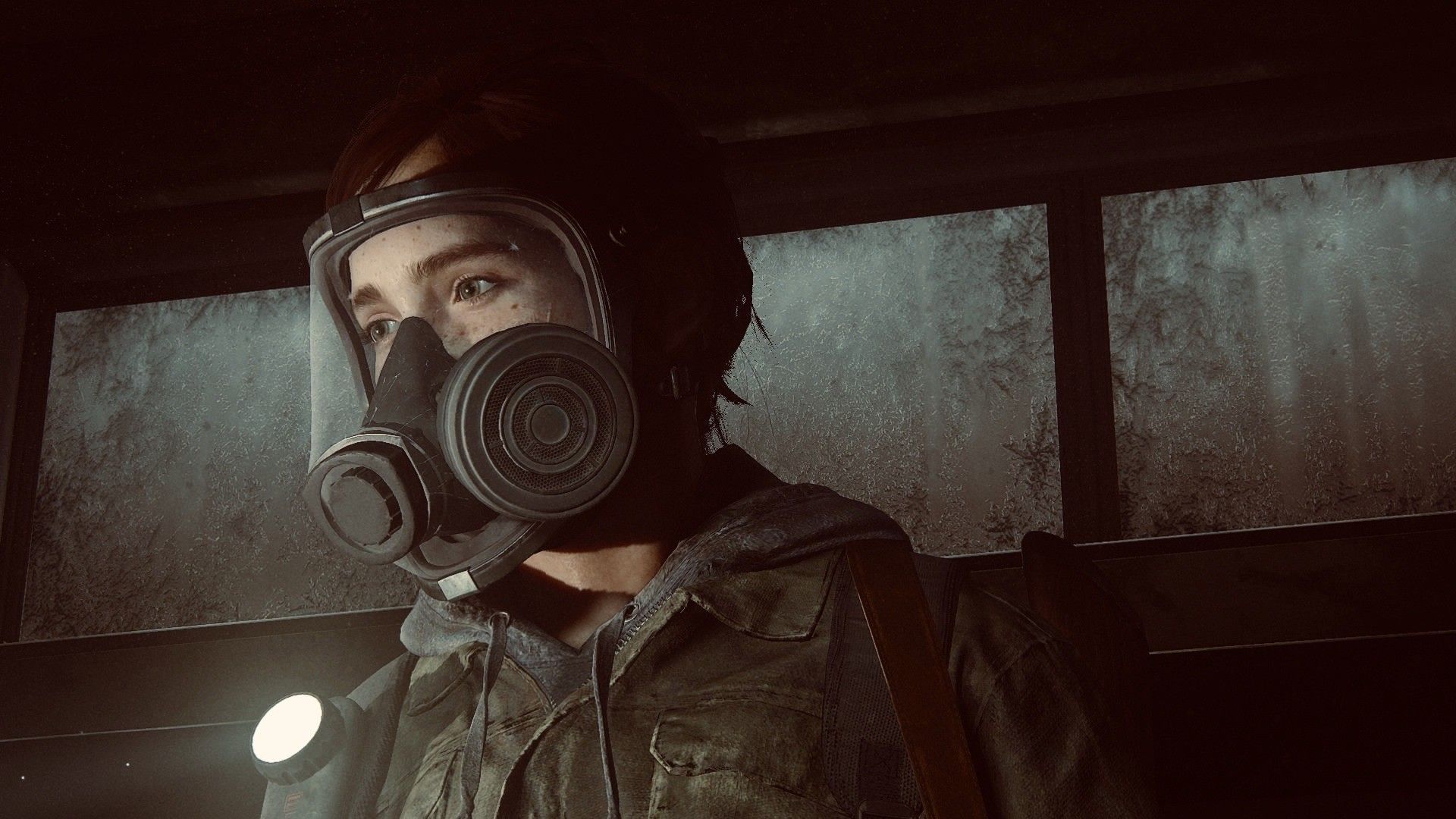You can’t have a zombie apocalypse without zombies, and The Last of Us is no exception. The acclaimed video game and soon-to-be HBO series follow the journey of Joel (Pedro Pascal) and Ellie (Bella Ramsey) as they traverse across the zombie-infested remains of what was once the United States. The world fell quickly and violently to zombies 20 years ago and the story picks up with the first glimmer of hope the world has seen since in the form of Ellie, a young girl with an inexplicable immunity to the infection. Each zombie story has to set itself apart in some way and make its zombies unique and The Last of Us tackled this with its own twist that impacted the gameplay as well as the world-building. But what exactly are the zombies in The Last of Us like?
As opposed to the zombies of many other stories, the zombies in The Last of Us aren’t actually dead. Instead, living beings are infected and become mutated, mindless drones that carry and spread the disease. The virus in the world of The Last of Us is based on one that actually exists in the real world: Ophiocordyceps unilateralis. It’s a fungal virus that infects bugs deep in the Amazon rainforest, growing parasitically in their brain and leaving them with strange fungal growths on their bodies. They lose autonomy over their body, essentially becoming "zombies."
In The Last of Us, this virus mutated and spread to humans causing them to experience the same sort of brutal loss of self as they succumb to the virus that preserves their body but not their mind until they become mindless drones that will slowly grow those fungal features. It’s most commonly spread through bites or concentrated spores in the air. The Cordyceps virus in this story takes on a day or two to fully take over the brain but the longer the host body is infected, the more the virus transforms it, and so we see varied types of zombies populating the world of The Last of Us.
Stage 1: Runners
After succumbing to the virus, the body will enter the first phase of being an actual zombie. This stage of the zombie evolution has been dubbed “runners”. It’s the earliest phase and shortest phase of infection in which the host's personality has disappeared, and they are rendered into something akin to a rabid animal. Since they’re freshly infected, they resemble living humans most closely but are still easy to identify as zombies. Their eyes appear unnaturally glossy and bloodshot. They hold themselves in awkward ways that seem similarly animalistic.
They are called runners for pretty obvious reasons, since their muscles haven’t deteriorated, yet they can attack with a greater deal of speed than the later stages though they are considerably less dangerous. Their attacks are stereotypically a bit stilted and sluggish as you might expect from a zombie, and they don’t yet have any of the special or dangerous abilities that come from a long-term infection. Despite this, a single bite is enough to spell certain doom for the average person, so they pose a considerable risk, especially with their tendency to move in groups.
Stage 2: Stalkers
The second phase of the Cordyceps infection starts anywhere from two weeks to a year after infection. Unlike the runners, stalkers don’t attack directly. As their name suggests, they tend to hide and attack their prey when an opportunity presents itself. Stalkers tend to lurk in dark and quiet places waiting to pounce. And at this later stage of the infection, they start showing more fungal characteristics — some will stay in one location for so long that the fungus starts to grow from them into their surroundings, but they can still rip themselves free to attack if the opportunity presents itself. If a stalker stays in one place for too long it could end up dispensing spores in the same way infected corpses do.
Stage 3: Clickers
Clickers are where the zombies of The Last of Us start to morph into something more distinct and dangerous than their predecessors. The hosts are able to become clickers only after being infected for more than a year. At this point, the virus has spread throughout their body and the fungal growth has emerged through their skull in gross protrusions.
Unlike runners or stalkers, there’s no way one could mistake a clicker for a human. The spread of the fungus has rendered the host blind, so they must use echolocation to get around. Though their blindness would seem to put them at a disadvantage, the virus has made them stronger making them especially dangerous in one on one combat. They’re easy to locate using their distinctive clicking noises from which they get their name but their enhanced hearing and strength make them extremely dangerous to encounter and should be handled with caution.
Stage 4: Bloaters
The most advanced phase of the Cordyceps virus we see in The Last of Us are bloaters. Bloaters only form after many years of infection, though the exact amount is unknown. These are the least common type of infected in the story due to how long they take to form. Bloaters are, as the name suggests, bloated from the extent of their infection. The fungus has completely consumed their bodies causing them to swell to completely inhuman sizes. Their faces are unrecognizable growths that protrude from them and their bodies are covered in welts and growths. Their size dwarfs any other incarnation of infected being we’ve encountered so far.
Like clickers, they’re incredibly strong, but their immense amount of fungal growths also offers them a layer of protective armor. They can tear off pieces of fungus and lob them at enemies in a way that dispenses spores like mustard gas. They’re extremely dangerous to fight head-on as bullets are largely ineffective against them; using fire is the best shot you’ve got at taking one down.
Hidden Dangers
There are also ways to get infected without getting attacked by a zombie directly. Like with bloaters, the Cordyceps is able to spread via spores. These tend to exist in places where infected corpses are left or the kind of dark places that stalkers like to hide in. In these enclosed spaces filled with the virus, the Cordyceps will spread even after the host's death across the walls and floor, growing like a more traditional fungus until it begins to produce spores that will fill the space. This makes certain locations extremely dangerous to traverse even without active zombies present because a single breath of infected air could spell death.
With each phase of the virus’s evolution, the host becomes less recognizable and more dangerous. The fact that the zombies of this world are not undead but instead brainless husks puppeteered around by a fungus that’s only drive is to propagate and consume adds terror to the concept of transformation. The hosts are still alive, but they are fully consumed by the infection.
The world of The Last of Us is full of threats, some even more terrifying than the infected, but the virus is at the very core of the story. It’s the source of the world’s downfall, the thing that makes it so dangerous, and it’s what makes Ellie so remarkable. Years of decay and the near-extinction of humanity have befallen the world for long enough that humans could transform into unrecognizable monsters, the virus started from a mutation, and it wiped out humanity. Yet another mutation is their undoing. But somehow Ellie has survived long past her presumed expiration date, the bite and the spores do nothing to her. Now she and Joel must face the monsters she can never become in order to complete their journey. But the virus is still rampant and dangerous, and the existence of these dangerous variations in infected hosts is a deadly threat even to those they cannot pass the Cordyceps on to.
The Last of Us premieres January 15 on HBO Max.






